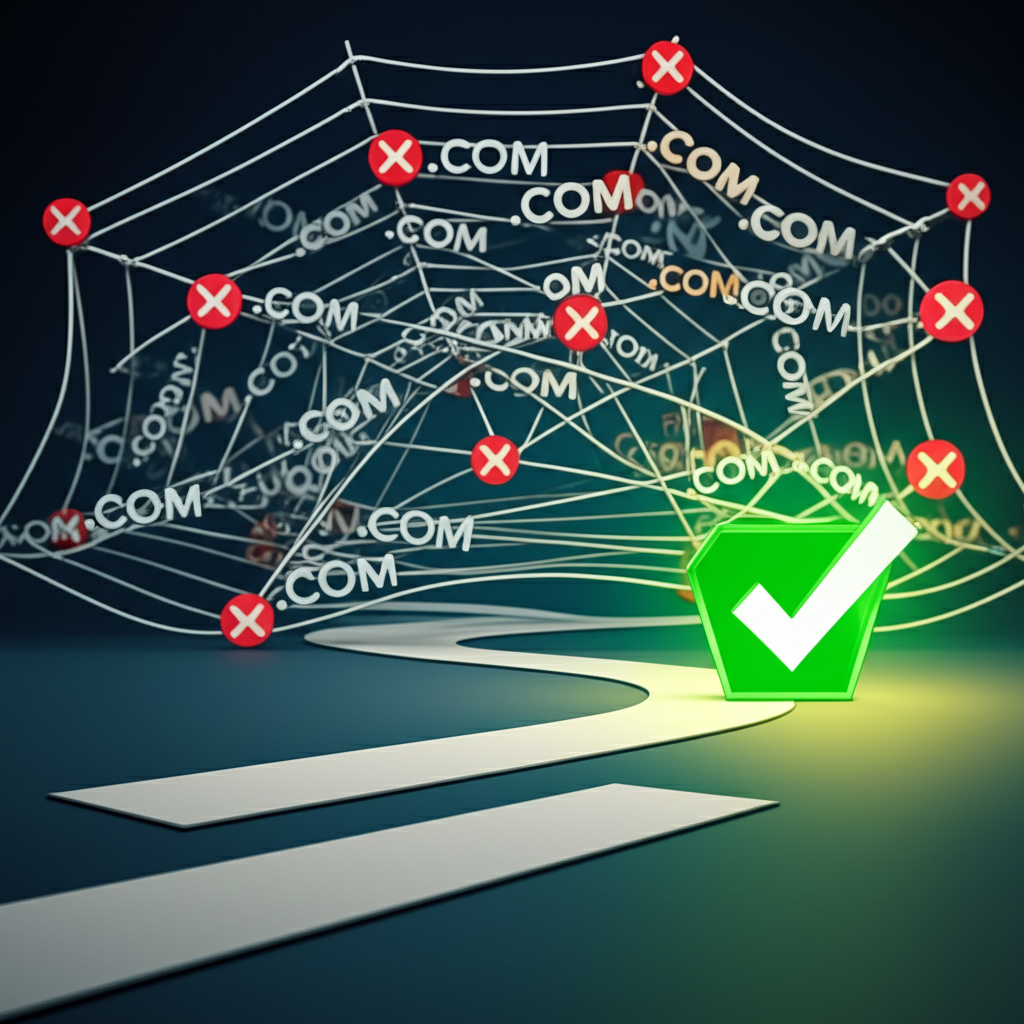- Choosing the Right Domain Extensions for Your Brand
- Exploring Different Domain Extensions (.com, .org, .net, etc.)
- Securing Your Brand with Defensive Domain Registrations
- Protecting Your Brand with Defensive Domain Registration Strategies
- Monitoring Your Domain and Brand Mentions
- Utilizing Domain Monitoring Services and Social Listening
- Addressing Domain Name Disputes and Infringements
- Navigating the Uniform Domain-Name Dispute-Resolution Policy (UDRP)
- Domain Extensions: A Long-Term Brand Protection Strategy
Domain Extensions: Best Tips to Protect Your Brand
Domain extensions play a crucial role in establishing your online presence and protecting your brand. Choosing the right extension and implementing proactive strategies can safeguard your brand from cybersquatting, brandjacking, and other online threats. A well-defined domain strategy strengthens brand recognition, builds trust with customers, and contributes to long-term online success. This article explores crucial tips for safeguarding your brand through strategic domain management.
Choosing the Right Domain Extensions for Your Brand

Selecting the appropriate domain extension is the foundation of your online brand protection strategy. While the .com extension remains the most recognized and trusted, other extensions can be valuable depending on your specific business needs and target audience.
Exploring Different Domain Extensions (.com, .org, .net, etc.)
.com: This is the gold standard. Its widespread recognition and association with commercial businesses make it highly desirable. Prioritize securing a .com domain if possible.
.org: Traditionally used by non-profit organizations, .org can also be a good option if your .com is unavailable and your brand has a community or cause-related focus.
.net: Originally intended for network infrastructure companies, .net is a versatile extension that can be used by various businesses if .com is unavailable.
Country-code top-level domains (ccTLDs): These extensions (e.g., .uk, .ca, .de) are specific to individual countries and are ideal for businesses targeting a particular geographic region.
New generic top-level domains (gTLDs): These newer extensions (e.g., .tech, .online, .store) offer more specific branding opportunities and can be a good choice if they align with your industry or niche.
Securing Your Brand with Defensive Domain Registrations
Defensive domain registration involves registering variations of your primary domain name to prevent others from acquiring them and potentially harming your brand. This proactive approach minimizes the risk of cybersquatting, typosquatting, and other brand-infringing activities.
Protecting Your Brand with Defensive Domain Registration Strategies
Register common misspellings: Anticipate common typos and register domain names with these variations. For example, if your domain is example.com, register exmaple.com and exampl.com.
Register variations with different extensions: Secure your brand name with other relevant extensions like .net, .org, and your country’s ccTLD.
Register related keywords: Consider registering domain names that include relevant keywords related to your industry or products. This can improve your search engine visibility and further protect your brand.
Monitoring Your Domain and Brand Mentions
Vigilantly monitoring your domain and brand mentions across the internet is essential for identifying potential threats and addressing them promptly. Utilize online tools and services to stay informed about any unauthorized use of your brand or domain.
Utilizing Domain Monitoring Services and Social Listening
Domain monitoring services: These services automatically alert you to new domain registrations that are similar to your brand name, allowing you to take action if necessary.
Social listening tools: Monitor social media platforms, forums, and blogs for mentions of your brand and domain. This helps you identify potential brand infringements and manage your online reputation.
Addressing Domain Name Disputes and Infringements
Despite your best efforts, domain name disputes can arise. Understanding the procedures for addressing these issues is crucial for protecting your brand and intellectual property.
Navigating the Uniform Domain-Name Dispute-Resolution Policy (UDRP)
The UDRP: This policy provides a streamlined process for resolving domain name disputes involving cybersquatting and other bad-faith registrations.
Evidence gathering: Collect evidence of bad-faith registration, such as proof of prior use of the trademark and evidence of the registrant’s intent to profit from your brand.
* Working with legal counsel: Consult with an experienced attorney specializing in intellectual property and domain name disputes to guide you through the UDRP process.
Domain Extensions: A Long-Term Brand Protection Strategy
Protecting your brand in the digital landscape requires a proactive and ongoing effort. Regularly reviewing and updating your domain portfolio, monitoring for infringements, and staying informed about best practices are essential for maintaining a strong online presence and safeguarding your brand’s reputation. By implementing these strategies, you can ensure that your domain extensions work for you, protecting your brand and fostering its growth in the competitive online marketplace. From selecting the right domain extensions to addressing disputes, each step contributes to a comprehensive brand protection strategy. Make domain management an integral part of your overall brand strategy and reap the rewards of a strong, secure, and recognizable online presence.















Leave a Reply